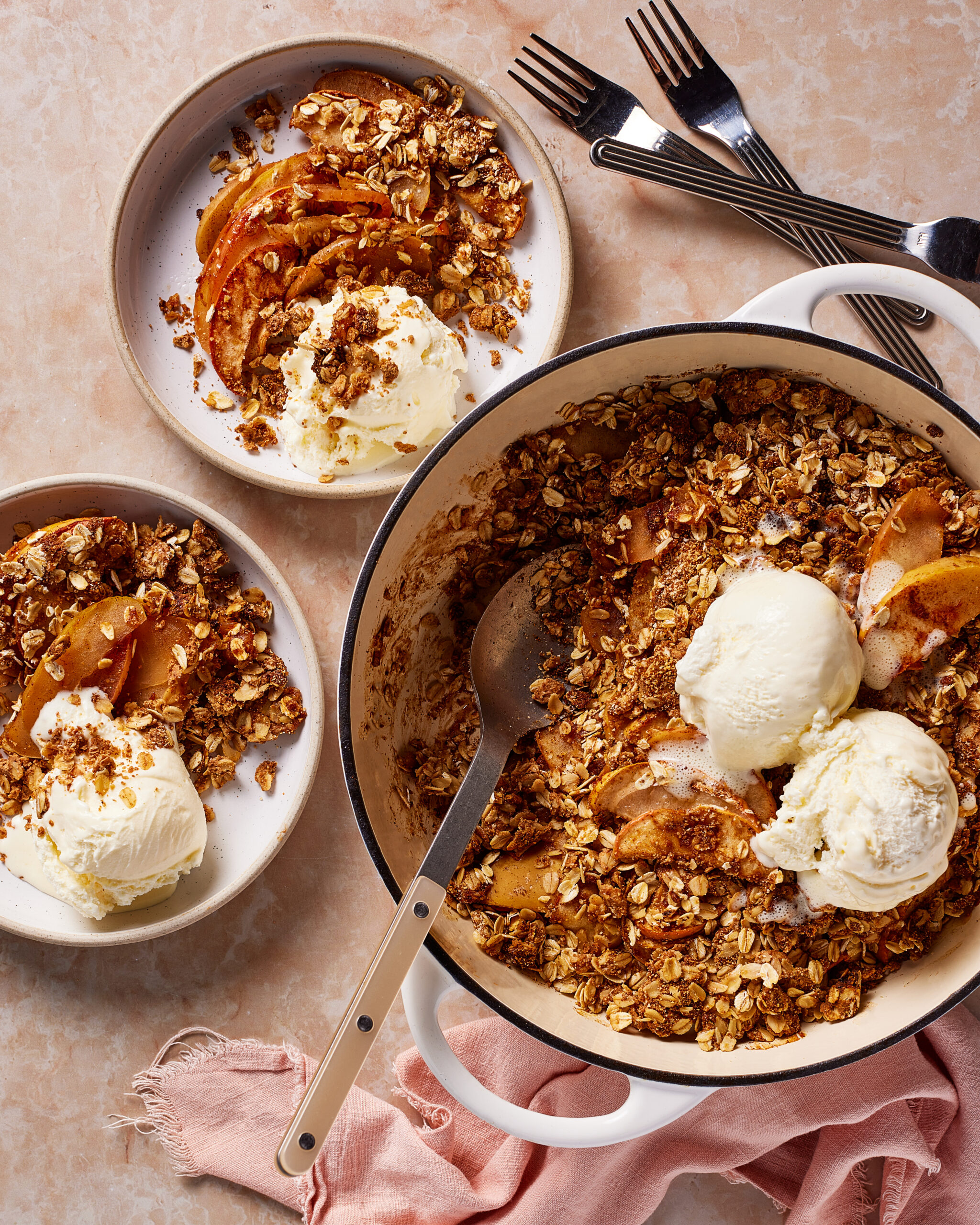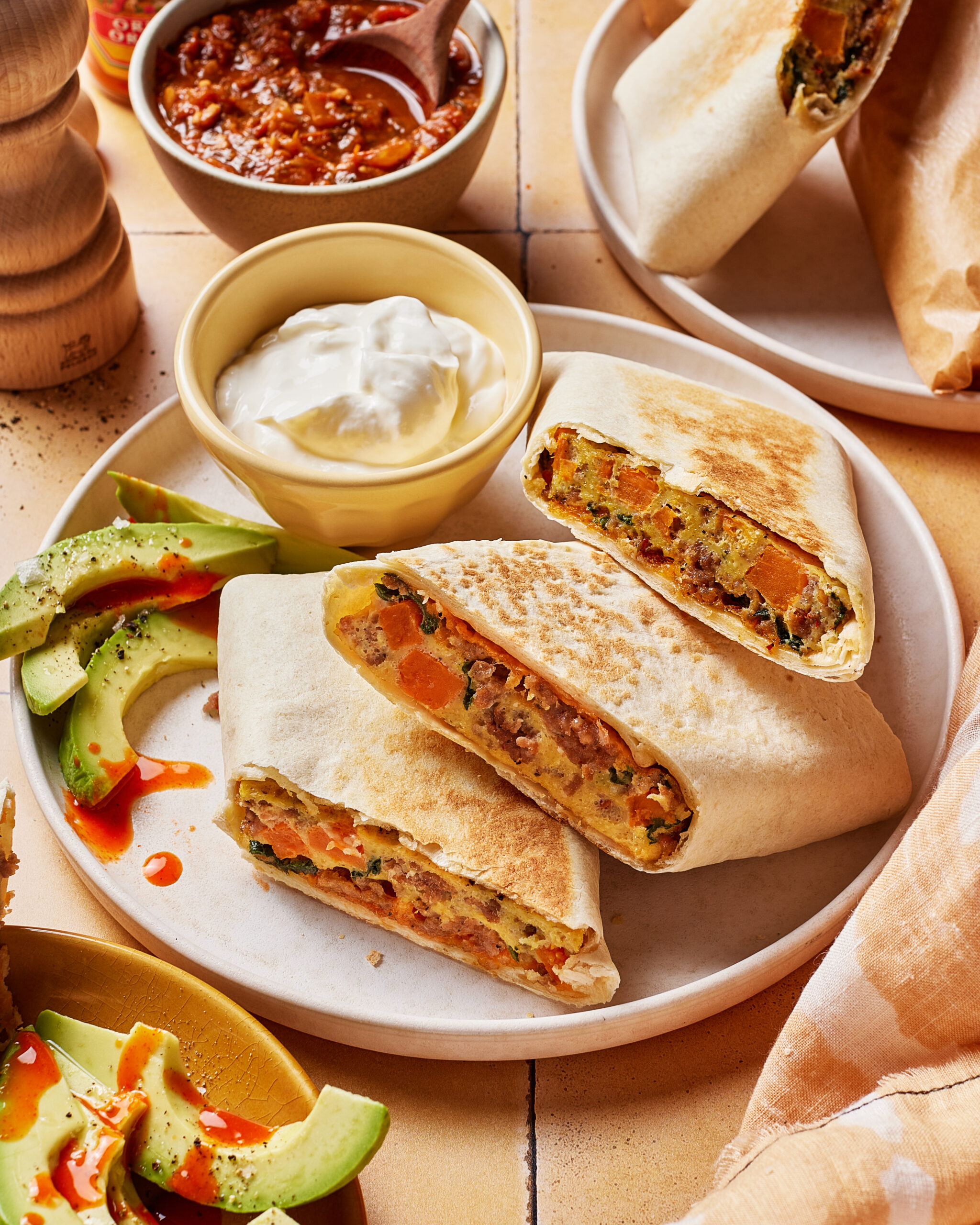recipes
lifestyle
wellness
motherhood
mindset
About
E-Books
Blog
Freebies
partnerships
hi, i'm lauren!
hey there!
I’m on a hot mission to help you balance your hormones & live your best life.
categories
Home
Quiz
Get In Touch
The Course
search:
Cookbook
Recipe key
GF
VG
P
Vegan
Gluten Free
Paleo
DF
Dairy-Free
download now
Join Hormone Healthy Eats!
Become a SFNSG insider to get my monthly Substack, Hormone Healthy Eats! Packed with the latest hormone-healthy recipes
+ tips.
jump to recipe >
I’m officially 31 weeks into my second pregnancy and have all things baby on the brain.
And as I start to plan out life post-baby, I can’t help but think about postpartum recipes (haha go figure!).
Enter in these gluten-free lactation cookies, which were the result of wanting a recipe that would would be super functional for new mamas (i.e. rich in nutrients to help with nursing and balancing postpartum hormones) as well as easy to make (duh), eat with one hand (a necessity with a newborn) and taste friggin’ DELICIOUS.
Honestly, after much trial and error, I really think I nailed it with these gluten-free lactation cookies, which taste just like your ideal oatmeal chocolate chip cookie. Think crispy on the outside, soft and chewy on the inside, studded with chunks of dark chocolate and sprinkled with flaky sea salt on top.
I’ve been eating them daily even though I’m not nursing (LOL) because they are SO good, but if you’re still a little weary of the lactation part of the equation you can easily customize to make them just regular healthy cookies. Snag all the details below.
WHAT ARE LACTATION COOKIES?
While all recipes vary, lactation cookies contain specific ingredients known as galactogogues, which is a substance that increases milk volume. This, as you probably have already guessed, can be really helpful for postpartum mamas wanting to nurse or keep up their milk supply.
HORMONE BALANCING + MILK SUPPLY-BOOSTING INGREDIENTS IN GLUTEN-FREE LACTATION COOKIES
In order for a lactation cookie to be considered as such, it needs to contain the following ingredients, all said to be effective at boosting milk volume:
+ Gluten-Free Brewer’s Yeast
This yeast (originally a byproduct of brewing beer) is now dried and used as a nutritional supplement rich in b vitamins and minerals such as selenium, iron, magnesium and zinc, all nutrients crucial for postpartum hormone balance and optimal breast milk production. **Not all brewer’s yeast is gluten-free, so make sure to find a brand that is like this one (which I also love for it’s much milder taste).
+ Flaxseed
This ground seed contains phytoestrogens that can positively influence breast milk production as well as fiber to support colon detoxification. This is especially important to help with common postpartum hormonal imbalances like estrogen dominance, which can occur as a result of constipation.
+ Gluten-Free Oats
Oats are rich in iron, which many women are depleted in due to the loss of blood when giving birth. Maternal anemia (i.e. low iron levels) can decrease your milk supply, so this is an excellent food to add to your diet, if you can tolerate grains well. They also contain other trace minerals like manganese, selenium and copper which support the thyroid gland (low-thyroid function is also common post birth). I love this organic and certified gluten-free brand.
HOW THESE GLUTEN-FREE LACTATION COOKIES CAN HELP WITH POSTPARTUM HORMONAL IMBALANCES
As mentioned above, these cookies contain three key ingredients that contain nutrients to combat common postpartum hormonal imbalances, including:
+ Low Progesterone
Progesterone levels rise significantly during pregnancy but plummet immediately after giving birth, contributing to mood shifts that can range from baby blues to full on postpartum depression.
Whole grains like oats work to naturally boost progesterone levels, but you can also add walnuts to these cookies for an extra dose.
+ Estrogen Dominance
Unlike progesterone, estrogen levels tend to stay higher for a longer duration, which can lead to estrogen dominance, with symptoms ranging from mood swings, insomnia, irritability, depression, brain fog, fatigue, head aches, to water retention and bloating.
Eating plenty of fiber from sources like flaxseed and oats in these cookies, as well as cruciferous veggies, will support your colon to eliminate excess estrogen.
+ Hypothyroidism
Symptoms of low-thyroid or hypothyroidism commonly include constipation, fatigue, weight gain (or inability to lose weight), dry skin, brittle hair or hair loss, high heart rate, tremors and cold intolerance.
Eating foods rich in trace minerals to support thyroid function like brewer’s yeast (which contains selenium) as well as flax and chia seeds, eggs, shellfish, seaweed (hello sushi!), Brazil nuts, mushrooms, artichokes, beans, lentils and dark chocolate is key.
TIPS TO CUSTOMIZE THESE GLUTEN-FREE LACTATION COOKIES
If you’re not a nursing/postpartum mama or making them for one you know and love, then don’t worry friend, I still got you. These gluten-free lactation cookies can be easily customized to just be really friggin’ delicious and healthy gluten-free oatmeal chocolate chip cookies. All you have to do is:
+ Swap the brewer’s yeast for 1/2 cup almond flour or 1/4 cup gluten-free oat flour
+ Additionally you can swap the flax eggs for two large, pasture-raised eggs (or leave as is if vegan/plant-based)
You can also try adding in 1/2 cup chopped walnuts for extra progesterone-boosting properties to help combat postpartum hormonal imbalances or swap the almond flour for oat flour to make extra “oatey.”
BOTTOMLINE
Postpartum hormonal imbalances are common due to the dramatic shift in giving birth, as well as a lack of nutrients needed for optimal hormone balance, which also impacts milk supply.
To naturally boosting milk supply, aim to eat a variety of foods rich in hormone-balancing and milk-supply boosting nutrients, many of which can be found in the recipe for these gluten-free lactation cookies.
***Please make sure to see your doctor if you experience any of the symptoms mentioned above and read below for more resources and tips to naturally balance your hormones and feel your best postpartum.
OTHER POSTPARTUM RECIPES + RESOURCES YOU MAY FIND HELPFUL
+ 9 Tips To Naturally Balance Your Hormones Postpartum
+ Postpartum Hormone-Balancing Peanut Butter Banana Baked Oatmeal
+ My Personal Postpartum Recovery — Recipes, Products, Tools + Tips
Best Gluten-Free Lactation Cookies For Nursing + Postpartum Hormones
These DELICIOUS gluten-free lactation cookies are easy to make + rich in nutrients to naturally boost milk & balance postpartum hormones.
|
PREP TIME: |
TOTAL TIME: |
|
01:00 Hours |
01:12 Hours |
Author: Lauren Chambers
Servings: 14 large cookies
Recipe Type: dessert, baked goods, cookies
Cuisine: American
Ingredients
- ¼ cup ground flaxseed or flaxseed meal
- ½ cup warm water **can substitute flax + water for 2 large, pasture-raised eggs
- 1 cup organic coconut sugar
- ⅓ cup organic unrefined coconut oil, very soft at room temp
- 1 tsp vanilla extract
- 1⅔ cups blanched almond flour
- ¾ cup gluten-free rolled oats (I love this brand)
- ¼ cup debittered + gluten-free brewer’s yeast** (this brand is my go-to)
- ½ tsp sea salt
- ½ tsp ground cinnamon
- ½ tsp baking soda
- 1 cup dark chocolate chips or chunks, these are my fave, use code LAUREN to save 15% off their website
- Flaky sea salt for topping
- Optional add-in’s — ¼-1/2 cup chopped walnuts for a progesterone-boost
- To customize/opt out of the “lactation” remove brewer’s yeast + add in ½ cup more blanched almond flour
Instructions
- If you can, make your batter ahead of time so you can chill in the fridge at least one hour to one day before baking. This will significantly optimize the texture, helping you get that crispy outer layer and chewy, soft inside one. If not you can skip, they’ll still taste delicious.
- Preheat oven to 350 F.
- In a small bowl, whisk ground flax with warm water and set aside for 5 minutes, until it forms a gel to bind cookies. You can skip this step if using real eggs.
- In a large bowl, mix together coconut sugar and softened coconut oil (you don’t want it completely melted, just softened at room temp) with beaters until well combined.
- Add in vanilla extract and flax eggs (or swap for real eggs) and continue to mix.
- Add in blanched almond flour, gluten-free brewer’s yeast (or ½ cup more almond flour), sea salt, cinnamon and baking soda and mix with beaters.
- Lastly fold in gluten-free rolled oats and dark chocolate chips or chunks with a spatula or spoon until well-combined.
- Cover bowl and let batter sit in fridge for one hour or overnight (up to 24 hours) if possible. If not you can skip this step.
- When ready to bake, make sure oven is preheated to 350 F. Line a large baking pan with parchment paper and use your hands or a cookie dough scooper to roll into even sized balls and place on pan.
- Gently press into each ball to flatten it a bit, then sprinkle with flaky sea salt.
- Bake in oven for 10-14 minutes until edges are golden brown and chocolate is melty. I found mine turn out perfectly at 12.
- Remove from oven and let cool for a minimum 15 minutes. This will allow the cookies to firm up.
- Store in a covered container at room temp for up to 5 days or freeze for up to 2 months.
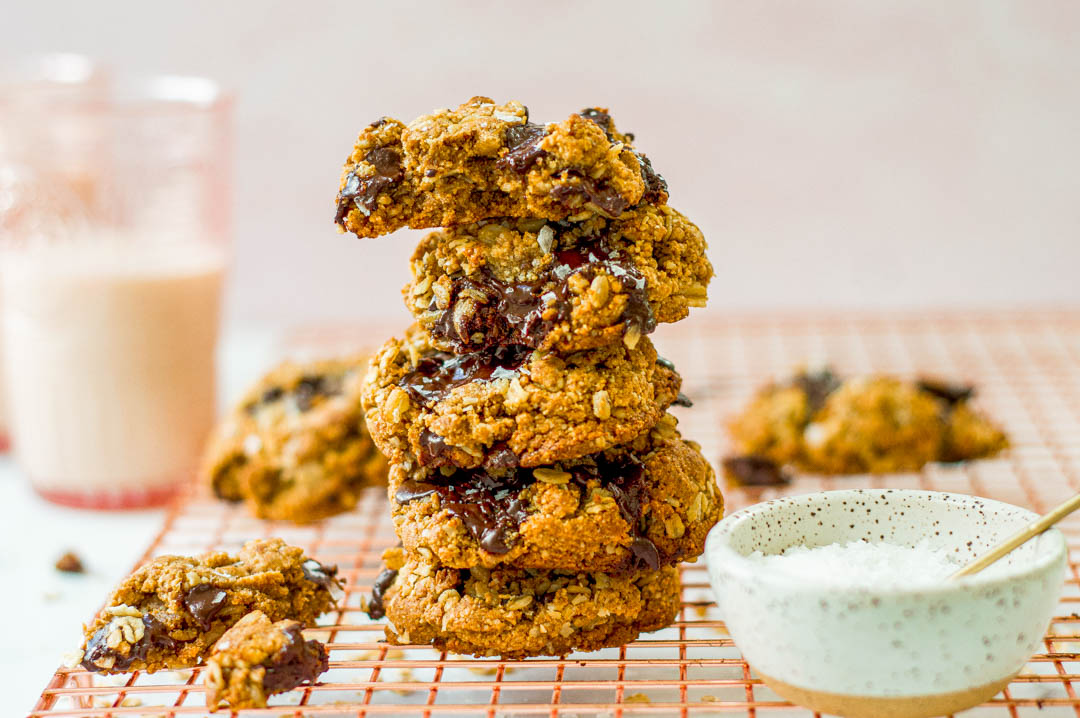
If you loved that...
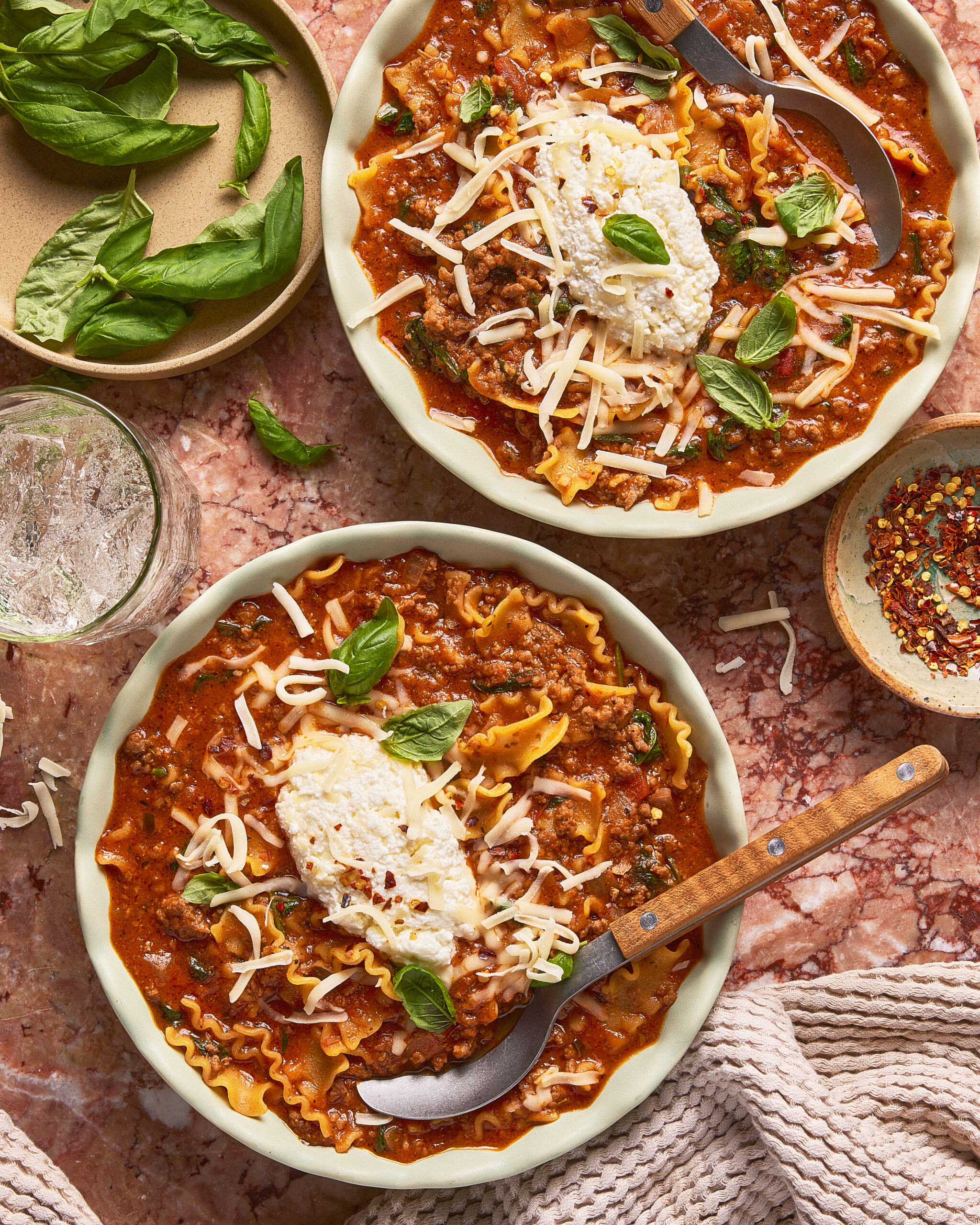
01.
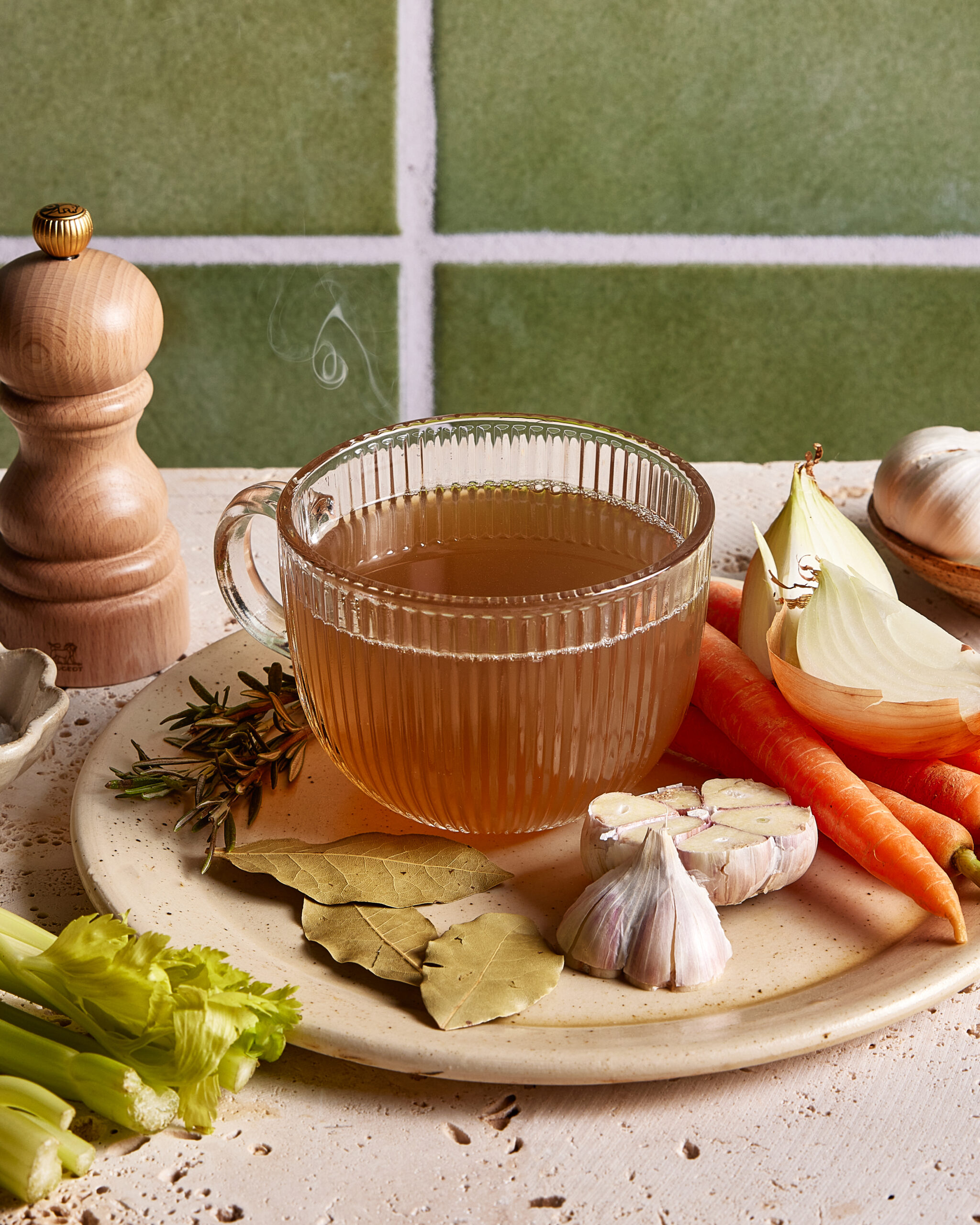
02.
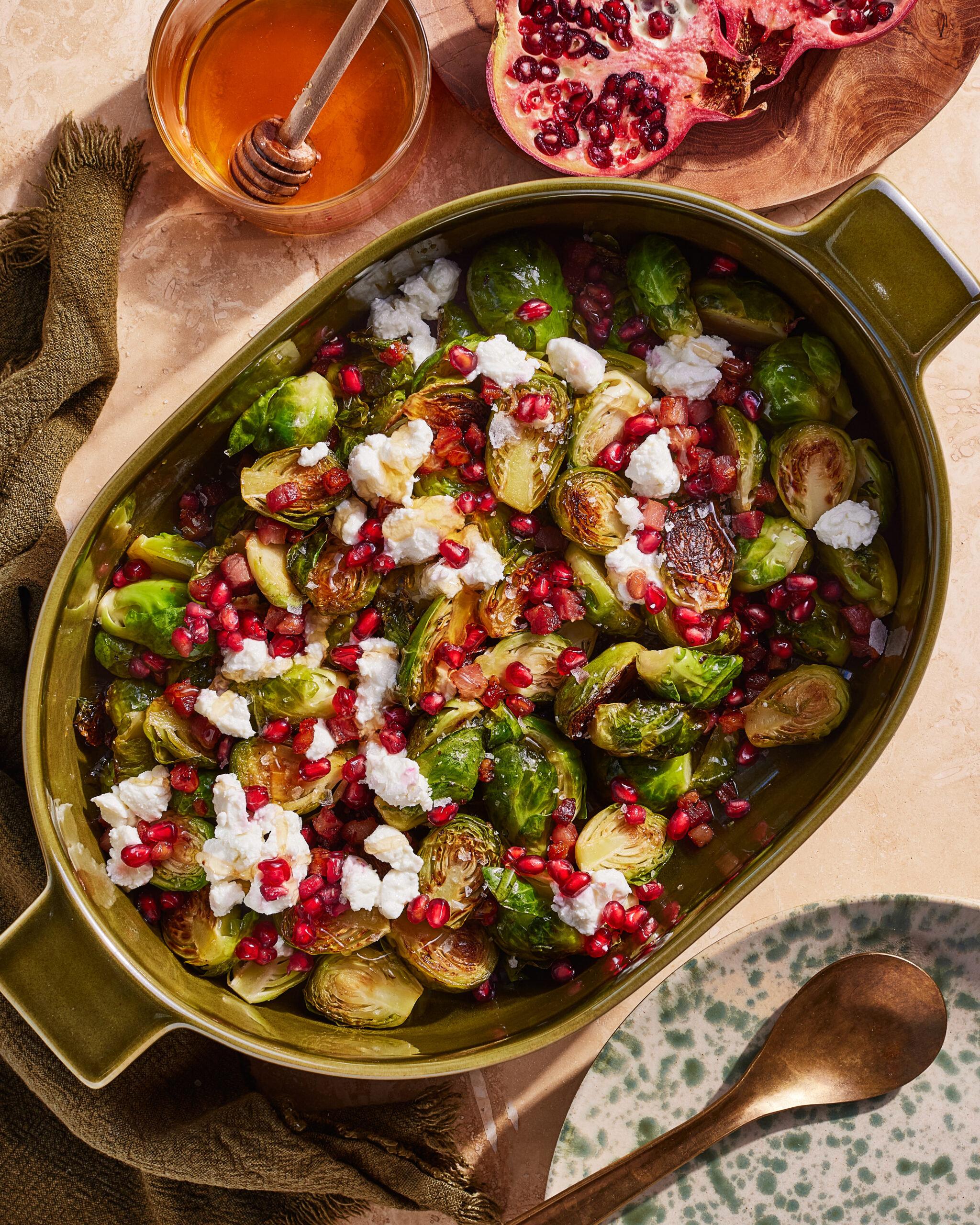
03.
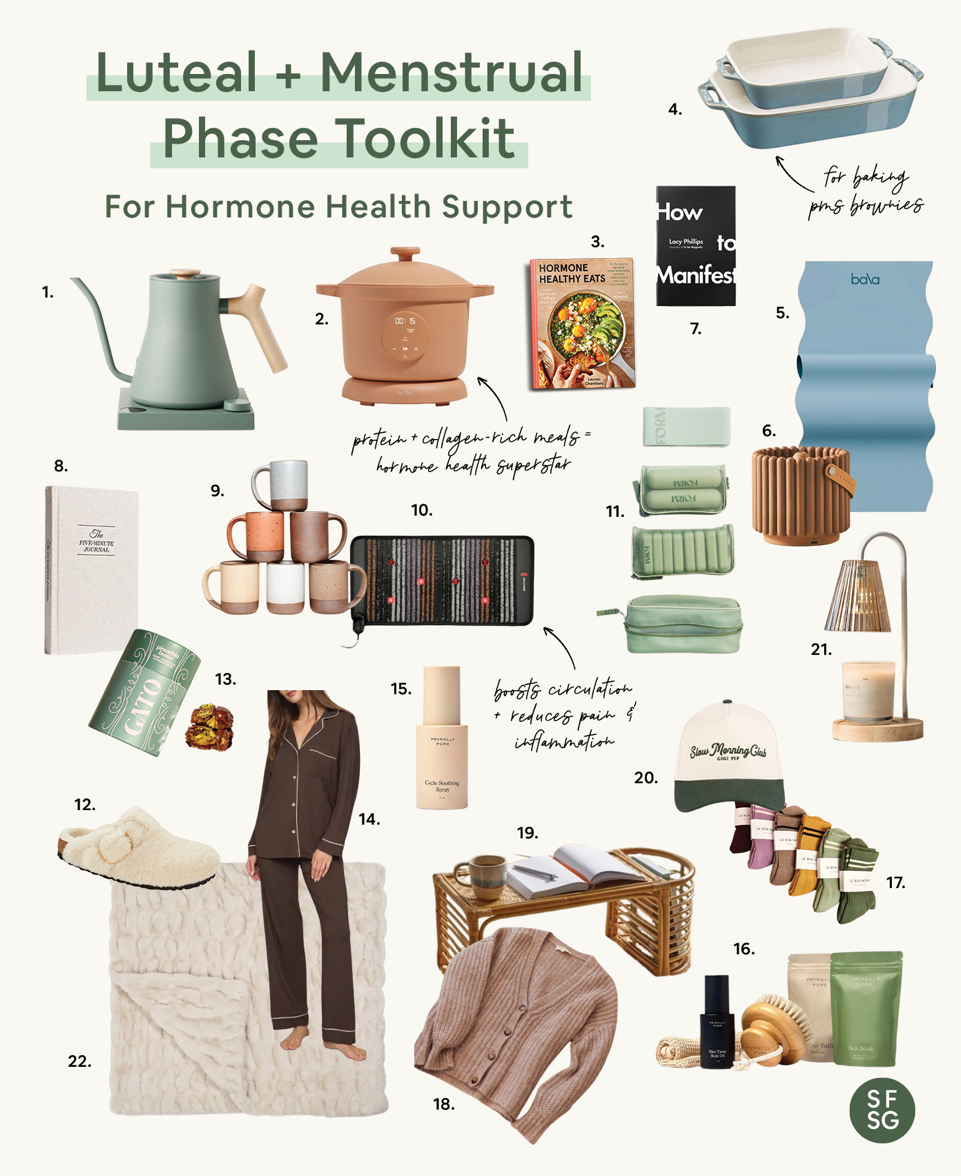
04.
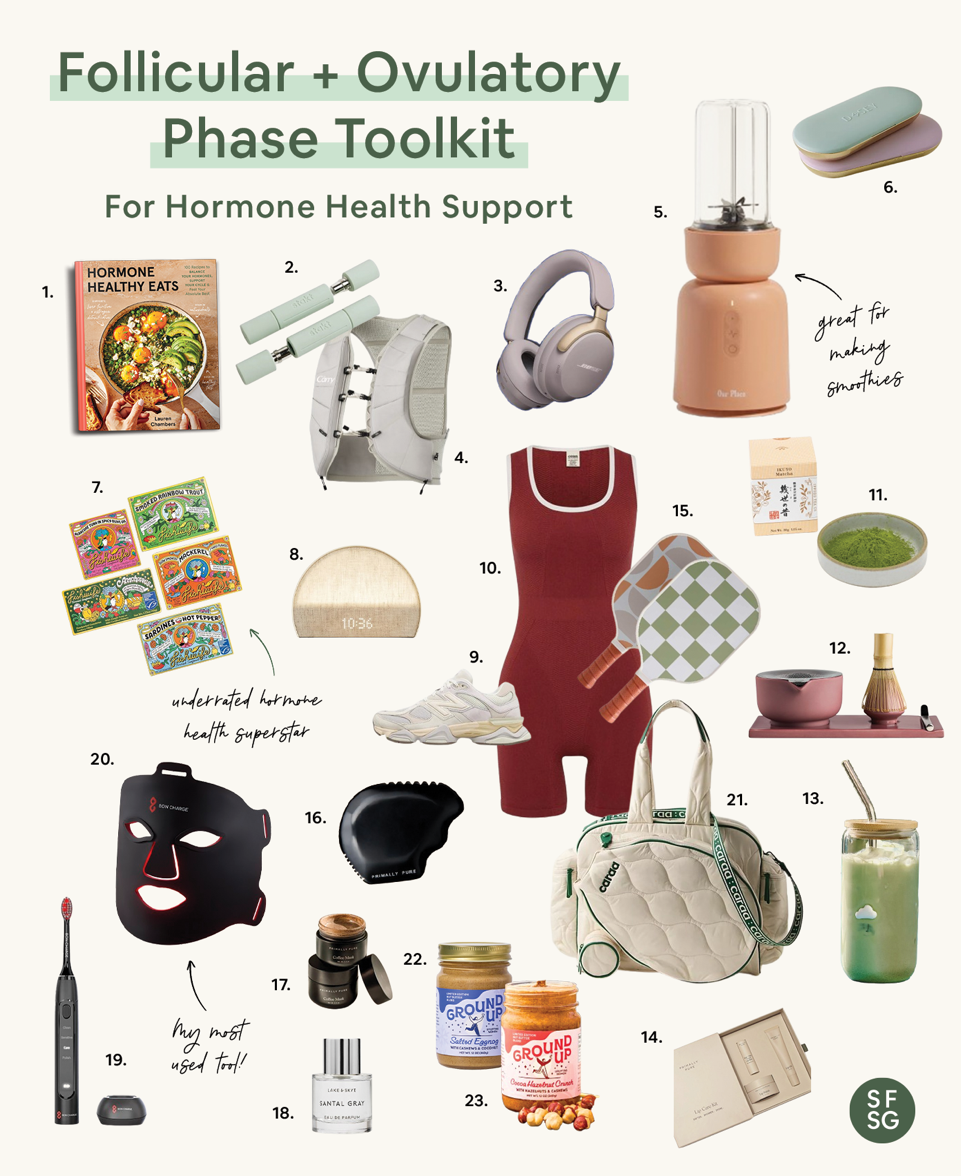
05.
hey!
Keep Browsing
Site
Keep Browsing
Site
the
about
e-books
blog
downloads
quiz
Welcome friend, I'm lauren.
I’m honored to support you on your journey to optimal hormone health + happiness. Thanks for being here babe.

